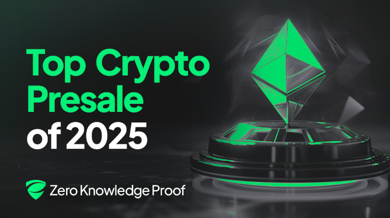
In a recent exchange on X (formerly Twitter), Ripple’s Chief Technology Officer, David Schwartz, widely recognized by his handle “JoelKatz,” engaged in a discussion addressing criticisms concerning Ripple and the XRP Ledger. The conversation delved into the perceived challenges Ripple faces in the current blockchain landscape.
Assessing Ripple’s Payments Business: Success or Shortcoming?
The debate was sparked when a user, @188ape, queried the distinctiveness of the XRP Ledger (XRPL) in today’s competitive market. The user pointed out that “most new layer 1s can do what the XRPL can do, plus more.” In response, Schwartz articulated the unique attributes of the XRPL, emphasizing its capacity to support stablecoins, non-fungible tokens (NFTs), and a decentralized exchange (DEX) while safeguarding users from the risks linked to smart contracts.
Schwartz confidently stated, “I don’t think there’s any other blockchain that has features like stablecoins, NFTs, a DEX, and so on that doesn’t expose you to the risks of smart contracts where your wallet has no way to know what the things you agree to are actually doing.”
Market Value and Over-Engineering: A Balancing Act
The dialogue intensified as another user, @dr_wonder589, known as Dr. Wonder Bread, noted that despite these features, they don’t seem to translate into tangible market value. “Over-engineering something doesn’t mean it’s valuable to the market,” he remarked. Addressing this skepticism, Schwartz expressed surprise at the sluggish adoption of Ripple’s payments business. “We focused very heavily on payments in the early design stages. Using cryptocurrencies or blockchains for payments hasn’t really caught on in a big way anywhere yet. I find that quite surprising,” he admitted.
Understanding the Challenges: A Multifaceted Perspective
Schwartz expanded on the obstacles hindering widespread adoption, citing regulatory uncertainties and the challenges of delivering a seamless user experience as significant barriers. He explained that users with access to traditional financial services often prefer utilizing their banks, while those without such access lack the discretionary funds to experiment with new technologies. “Users with good access to financial services would rather just use their banks. Users without good access to financial services don’t have a bunch of ‘fooling around’ money they can tolerate not having good access to and need to be able to easily pay bills with their money. Two-sided market problems and difficulty forming closed loops. One-sided flows that are inefficient because you can’t net out external flows. And so on,” Schwartz elaborated.
Ripple’s Strategy and Market Perception
The conversation took a critical turn as Dr. Wonder Bread suggested that Ripple’s challenges serve as a convenient excuse for its stagnation, while it continues to fund itself through XRP sales. He insinuated that this might be a tactic to indirectly influence the price of XRP and maintain its stability. In defense, Schwartz reiterated Ripple’s transparent strategy, emphasizing their open disclosure since 2014. “Ripple very publicly chose to focus on payments in 2014 and was completely open about our strategy and why we chose it. I don’t think anyone in the space was more successful at it than we were,” he stated.
The Quest for Tangible Success Stories
Despite Schwartz’s explanations, @188ape pressed for tangible examples of XRP’s success. “Where is the success, David? Give us an example of XRP being a success story… I’ll wait,” he demanded. As of the time of writing, Schwartz has not publicly responded to this query. Another user, @hesu_krypto, observed that Schwartz was referring to Ripple, not XRP specifically. However, @188ape countered by suggesting that the community was led to believe otherwise.
Echoing this sentiment, Dr. Wonder Bread accused Ripple of manipulating the market through indirect means, implying that this could be considered securities fraud. These discussions highlight the ongoing challenges and debates surrounding Ripple and its XRP Ledger, as stakeholders continue to navigate the complexities of the evolving blockchain landscape.
At press time, XRP was trading at $0.70.







